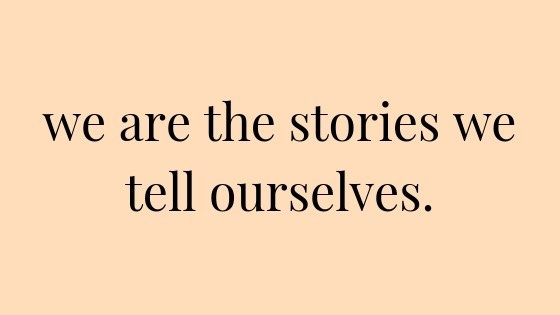Hey all, it’s been a minute since we last spoke, but I’m still chasing the “do something 100 times” goal, so here we are - back together at issue 57.
Today I’m going to explain a principle I have observed so many times throughout my life which can be summarised as “you’ll find the things you look for” regardless if they are good or bad.
I refer to this as the Mirca phenomenon, but it turns out it has an official name.
My example goes back 20 years…
My wife (girlfriend at the time) wanted a new car and while driving along we saw a Nissan Micra. Like this one…
It stood out because we hadn’t seen many of them around. They seemed pretty rare. And that rarity made them more appealing.
As the weeks went on, all we could see were Nissan Micra’s. They were everywhere.
It felt like we’d drive down the road and pass convoys of them. When we went to the supermarket the only free parking spots were between two Micra’s.
It went from “Micra’s are rare” to “Micra’s everywhere”.
And, throughout my life, I’ve observed this pattern many times over, the pattern of never seeing anything until you do, then seeing it all the time.
It turns out this is called the Baader-Meinhof phenomenon, also known as the frequency illusion. And it is made up of two components…
Selective attention
Confirmation bias
Selective attention is the ability of our brain to only retain the information we want to use, and disregard the rest. Confirmation bias is when our brain processes and recalls information in a way that supports our existing beliefs or hypotheses.
With my Micra example, once we started thinking about Nissan Micra cars it started the process of our brains only being able to see Nissan Micra cars. In reality, they had always been there, we just weren’t looking for them.
The point of the newsletter
The Mirca phenomenon extends beyond just Micra’s. It happens all the time.
I refer to myself as the eternal optimist - someone who is optimistic about the future. But for me, this optimism is not a natural behaviour, it is a choice, something I have to work on daily. Especially during times when I don’t feel things are going as planned. During these times I take comfort in the idea that “things work out as they are supposed to” - not because I believe in fate, but because thinking like that somehow makes me more optimistic.
And therefore, being optimistic - even if it’s practised optimism - I tend to see more opportunities around me.
However, the reverse is true too.
One example, some people I know believe in the superstition that deaths, accidents, or even personal misfortunes tend to occur in threes.
They believe in it so much, that when a bad thing happens they can often link it to a second bad thing, and then spend time looking for the third.
And because they are looking for it, they always find it too.
Where does that leave us?
My takeaway from this, and from the experience of the Micra phenomenon and my understanding of the Baader-Meinhof phenomenon is that we find what we are looking for.
I find that if we are looking for the bad, we will find the bad - after all, based on selective attention and confirmation bias - we only retain process and recall the things we want and are expecting to see. Therefore we prove to ourselves the hypothesis that the bad thing will happen.
But also, the optimistic person, even if forced or practised optimism, will start to see more opportunities because they are looking for them. Because they are looking for good things, they will see more good things.
Final thoughts
As you know, I read about stoicism, and this links to something Marcus Aurelius said over 2000 years ago - "the happiness of your life depends upon the quality of your thoughts".
But, perhaps a better way of relating to this is the saying “we are the stories we tell ourselves”.
Either way, it should be clear by now - our minds will find the things we look for.
So give it something positive to look for.
Fin.
Thanks for reading this far, I hope that this brings you some peace and a different perspective.
Have a great weekend.
John






I began to question your sanity when you put Micro and appealing in the same article!
Welcome back John!